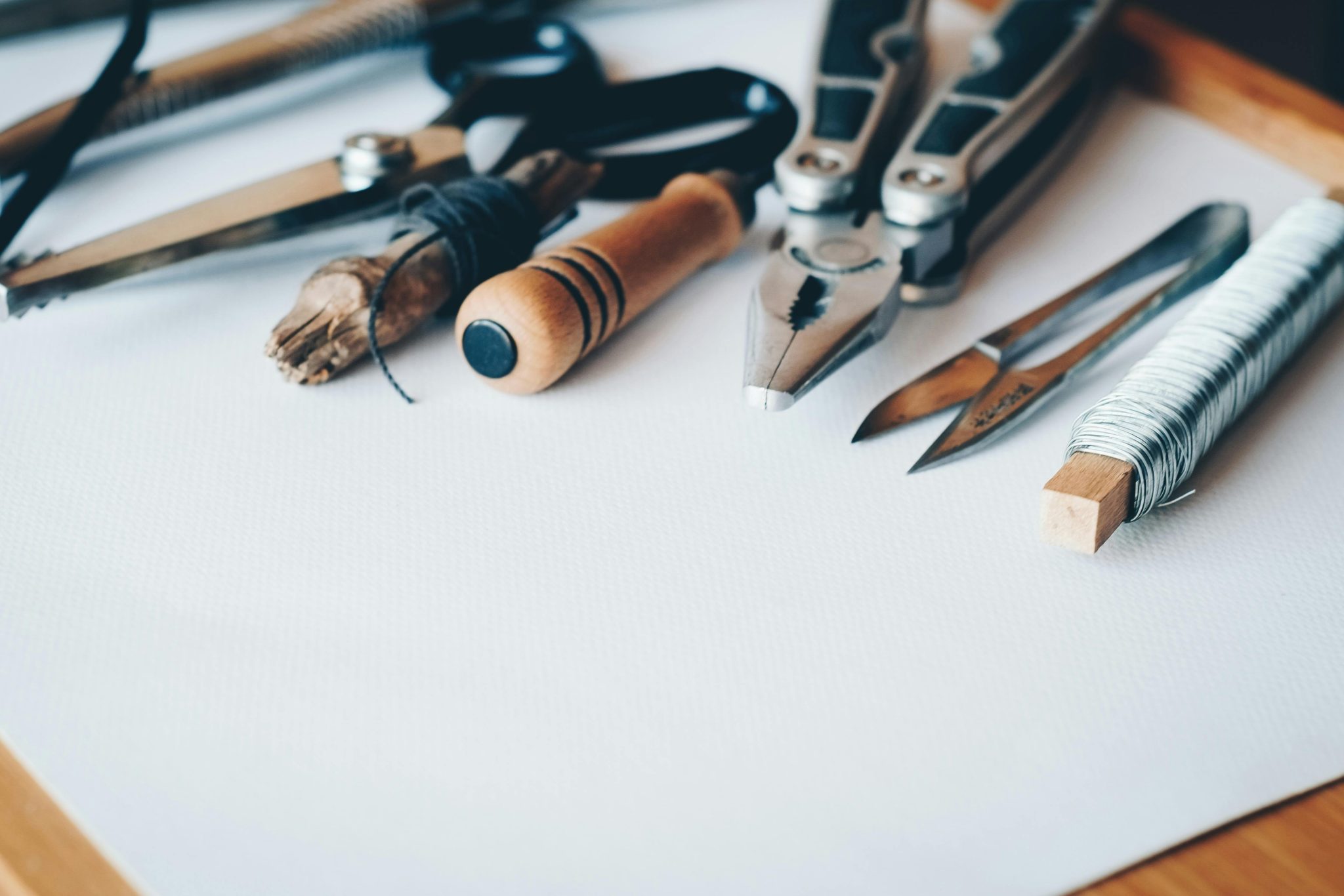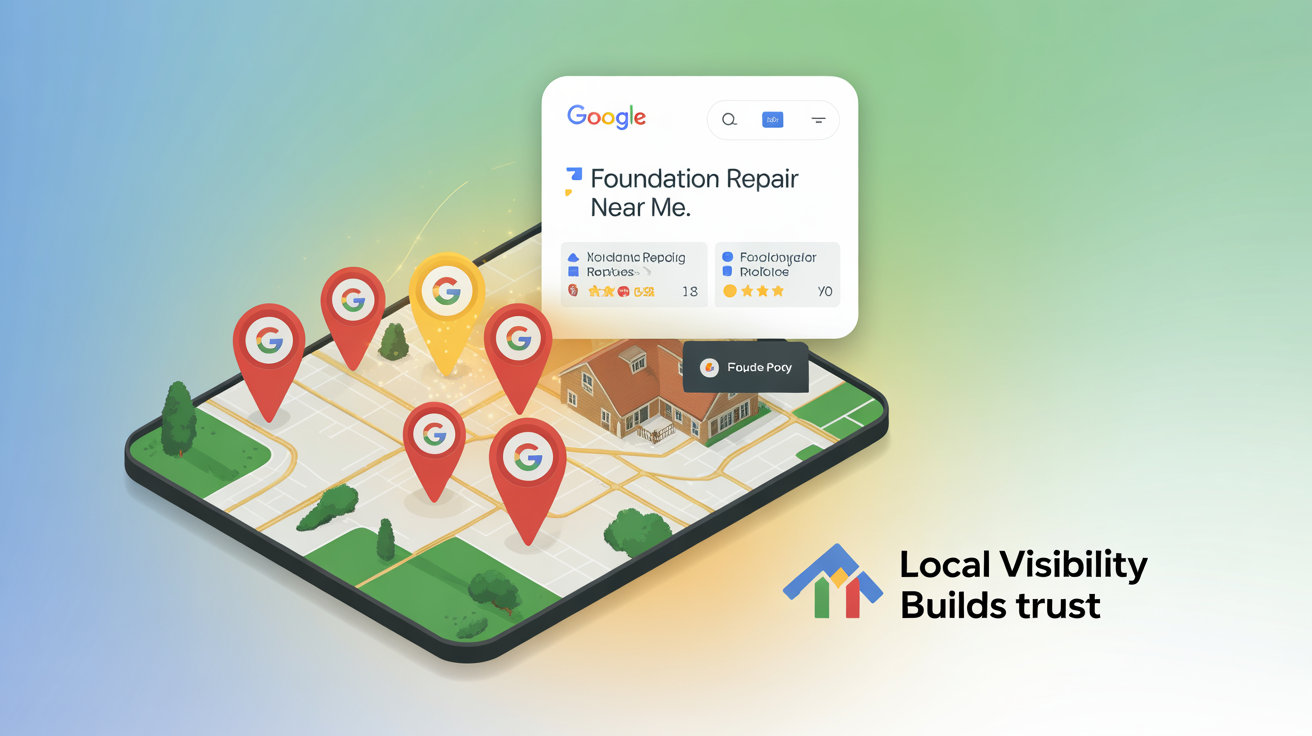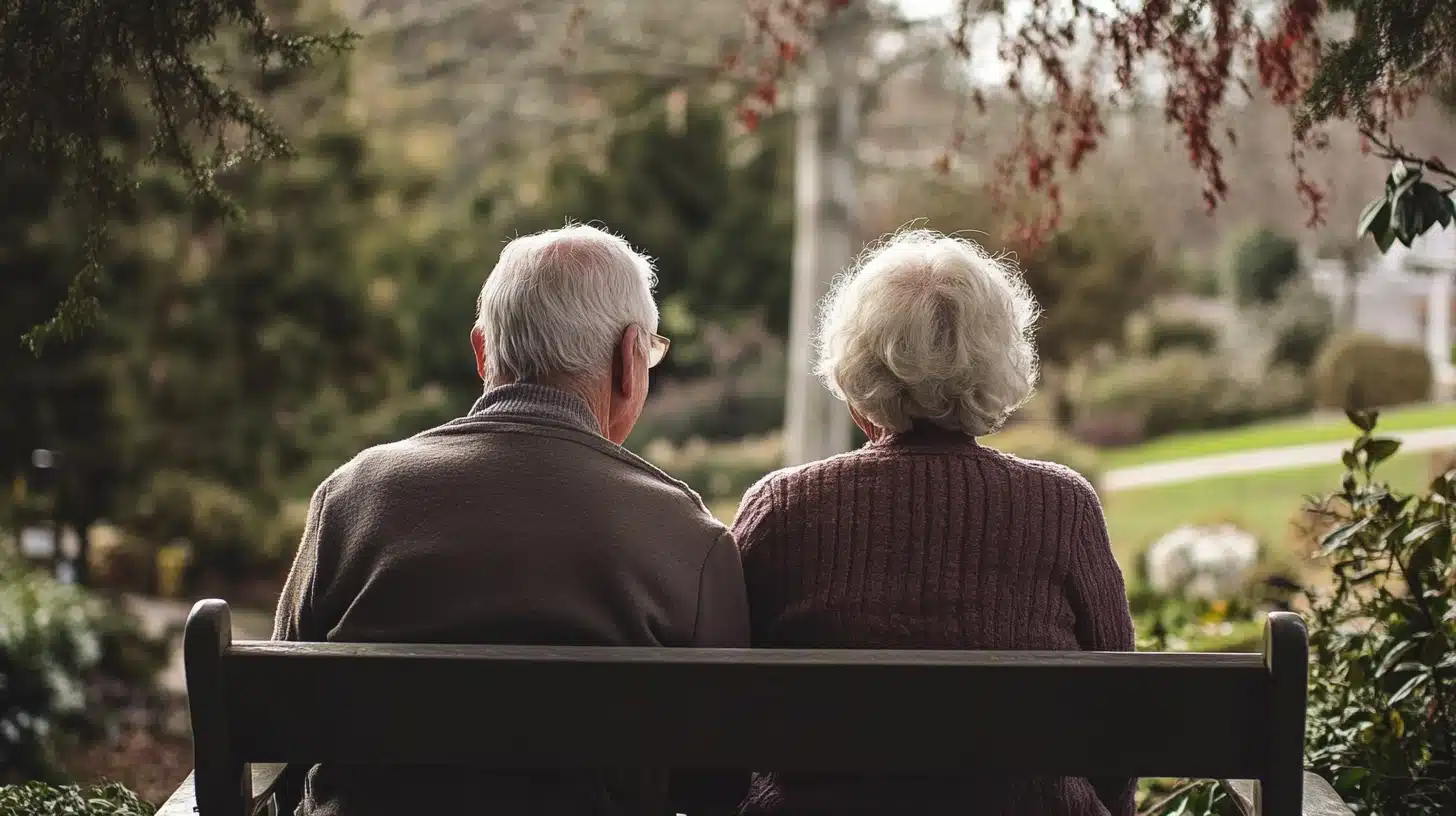Strategies for Roof and Outdoor Maintenance in Arid Regions like Arizona, New Mexico, and Texas
How do the extreme conditions of arid regions impact home maintenance? In areas like Arizona, New Mexico, and Texas, homeowners face unique challenges due to intense heat, low humidity, and high UV radiation.
These factors accelerate the deterioration of roofs and outdoor structures, necessitating specialized materials and regular maintenance. According to the National Association of Home Builders, homes in arid climates require more frequent inspections and upkeep to prevent significant damage and ensure longevity.
Understanding the specific needs of homes in these environments is very important for effective maintenance. Roofs can suffer from thermal expansion and UV degradation, while outdoor paint and siding may crack or fade faster.
Water conservation also becomes a critical aspect of landscaping and yard care. By addressing these challenges with appropriate strategies and materials, homeowners can protect their investments and maintain their properties in optimal condition despite the harsh climate.
Outdoor Home Repairs
In arid regions, exterior paint and siding are frequently exposed to intense sunlight and extreme temperatures, causing them to deteriorate faster than in milder climates. High-quality, UV-resistant paints and durable siding materials, such as fiber cement or stucco, are essential to withstand these harsh conditions.
Some UV-resistant paints can extend the life of exterior coatings by up to 50%, reducing the frequency of repainting. Regular maintenance, including cleaning and inspecting for cracks or peeling, helps maintain the integrity and appearance of a home’s exterior.
Decks, patios, and other outdoor structures also require special attention in arid climates. Wood decks can dry out, warp, and crack under prolonged exposure to heat and sun, while composite materials generally offer greater durability. The North American Deck and Railing Association notes that composite decking can last up to 25 years with minimal maintenance compared to 10-15 years for treated wood decks.
Applying protective sealants and choosing heat-resistant materials can significantly extend the life of outdoor spaces. Using covers or shade structures can also protect furniture and fixtures from UV damage, ensuring they remain functional and attractive despite the harsh environment.
Roof Inspections
Regular roof inspections are essential in arid climates to identify and address damage caused by extreme heat and UV exposure before it leads to costly repairs. Homeowners should conduct inspections at least twice a year, ideally before and after the hottest seasons.
According to the American Society of Home Inspectors, over 30% of home maintenance issues reported annually are related to roof problems, many of which could have been prevented with regular inspections. Inspections should focus on identifying cracked or missing shingles, damaged flashing, and signs of thermal expansion or contraction.
While DIY inspections can help spot obvious issues, professional inspections are crucial for a thorough assessment. Professional roof inspectors use specialized equipment to detect hidden problems, such as moisture buildup and structural weaknesses, that are not easily visible.
The National Roofing Contractors Association recommends having a professional inspection every three to five years, or more frequently if the roof is older or has been subjected to severe weather conditions. These professional evaluations can extend the life of the roof by ensuring timely repairs and maintenance, ultimately saving homeowners significant costs in the long run.
Roof Repairs
In arid climates like those in the southern US, roofing issues commonly stem from the intense heat and UV radiation, which can cause materials to degrade faster than in other environments. For instance, asphalt shingles can become brittle and crack, leading to leaks and water damage when rare rains occur.
Metal roofing, while durable, may suffer from thermal expansion, where the material expands and contracts with temperature fluctuations, potentially causing seams to separate. Roofs in high-heat areas often require more frequent maintenance and inspections to address these problems and ensure longevity.
Selecting the right roofing materials is crucial for homeowners in arid regions. Clay tiles, for example, are highly resistant to heat and UV damage, providing a lifespan of up to 50 years with minimal maintenance. Reflective coatings can also be applied to existing roofs to reduce heat absorption and improve energy efficiency.
The US Department of Energy highlights that reflective roofing can lower roof surface temperatures by up to 50°F, which not only prolongs the roof’s life but also reduces cooling costs for the home.
Additional Tips for Homeowners
Effective landscaping and yard care in arid regions involve choosing drought-resistant plants and implementing xeriscaping techniques to conserve water. The US Environmental Protection Agency (EPA) estimates that xeriscaping can reduce outdoor water use by up to 50%, making it a sustainable choice for homeowners.
Selecting native plants that are adapted to the local climate, such as succulents, desert sage, and agave, minimizes the need for irrigation and maintenance. Mulching around plants also helps retain soil moisture and reduce water evaporation.
Water management and conservation are critical in arid climates, where water resources are often scarce. Installing rainwater harvesting systems can capture and store rainwater for use in irrigation, significantly reducing the dependence on municipal water supplies.
According to the American Rainwater Catchment Systems Association, a typical rainwater harvesting system can save homeowners up to 1,300 gallons of water annually. Maintaining efficient irrigation systems, such as drip irrigation, ensures that water is delivered directly to the plant roots with minimal waste.
Conclusion
Why is proactive home maintenance so crucial in arid climates? The extreme conditions in regions like Arizona, New Mexico, and Texas can accelerate wear and tear on both roofs and outdoor structures, leading to costly repairs if not addressed promptly.
By choosing the right materials and performing regular maintenance, homeowners can significantly extend the lifespan of their roofs and outdoor spaces. For example, UV-resistant paints and coatings can reduce maintenance frequency, while professional roof inspections can prevent small issues from becoming major problems.
Staying vigilant with roof inspections and outdoor home repairs not only preserves the structural integrity of the home but also enhances its energy efficiency and aesthetic appeal. Implementing water conservation strategies such as xeriscaping and rainwater harvesting can substantially reduce water usage, contributing to both environmental sustainability and cost savings.
By investing time and resources into regular maintenance and smart home improvements, homeowners in arid regions can ensure their properties remain safe, efficient, and attractive for years to come.







